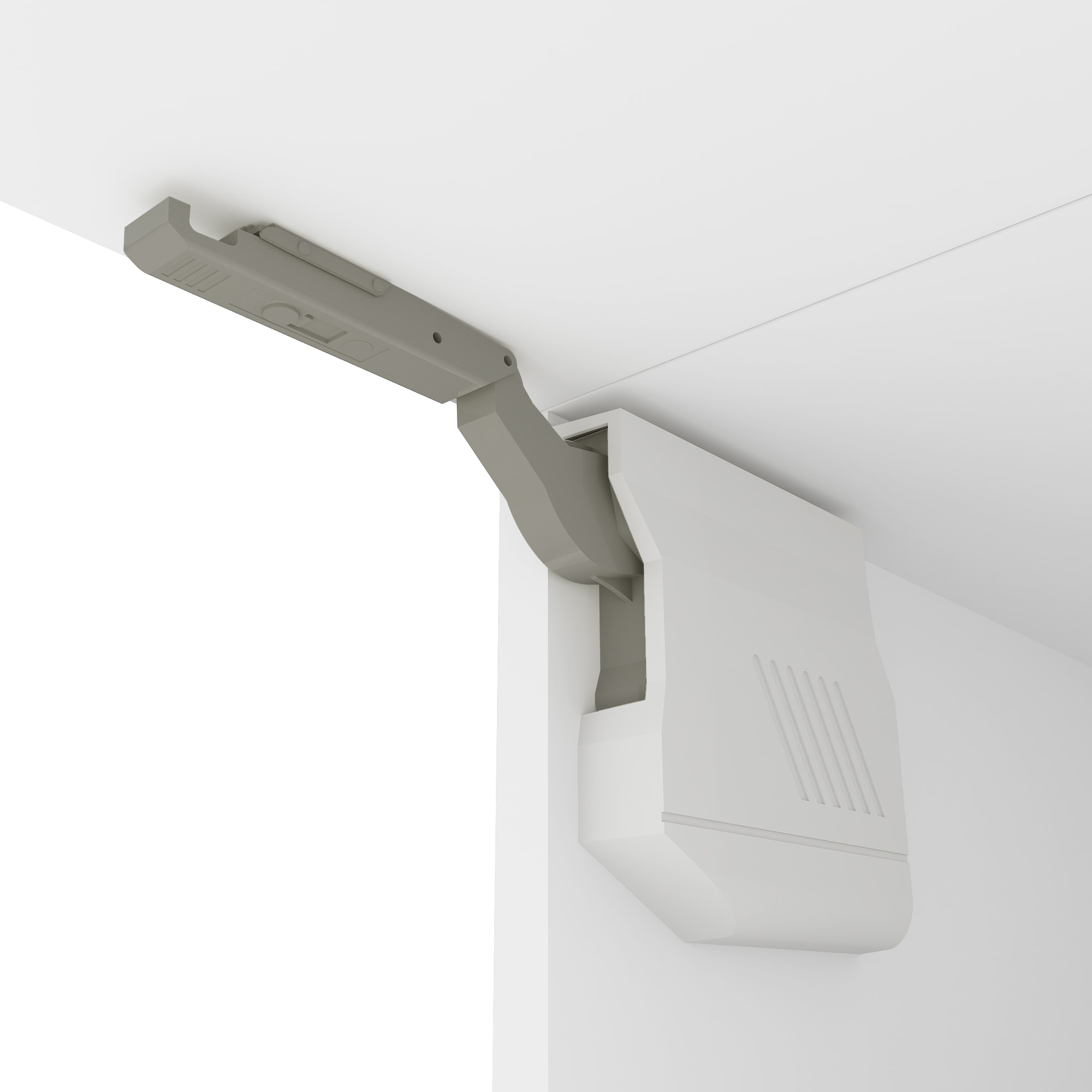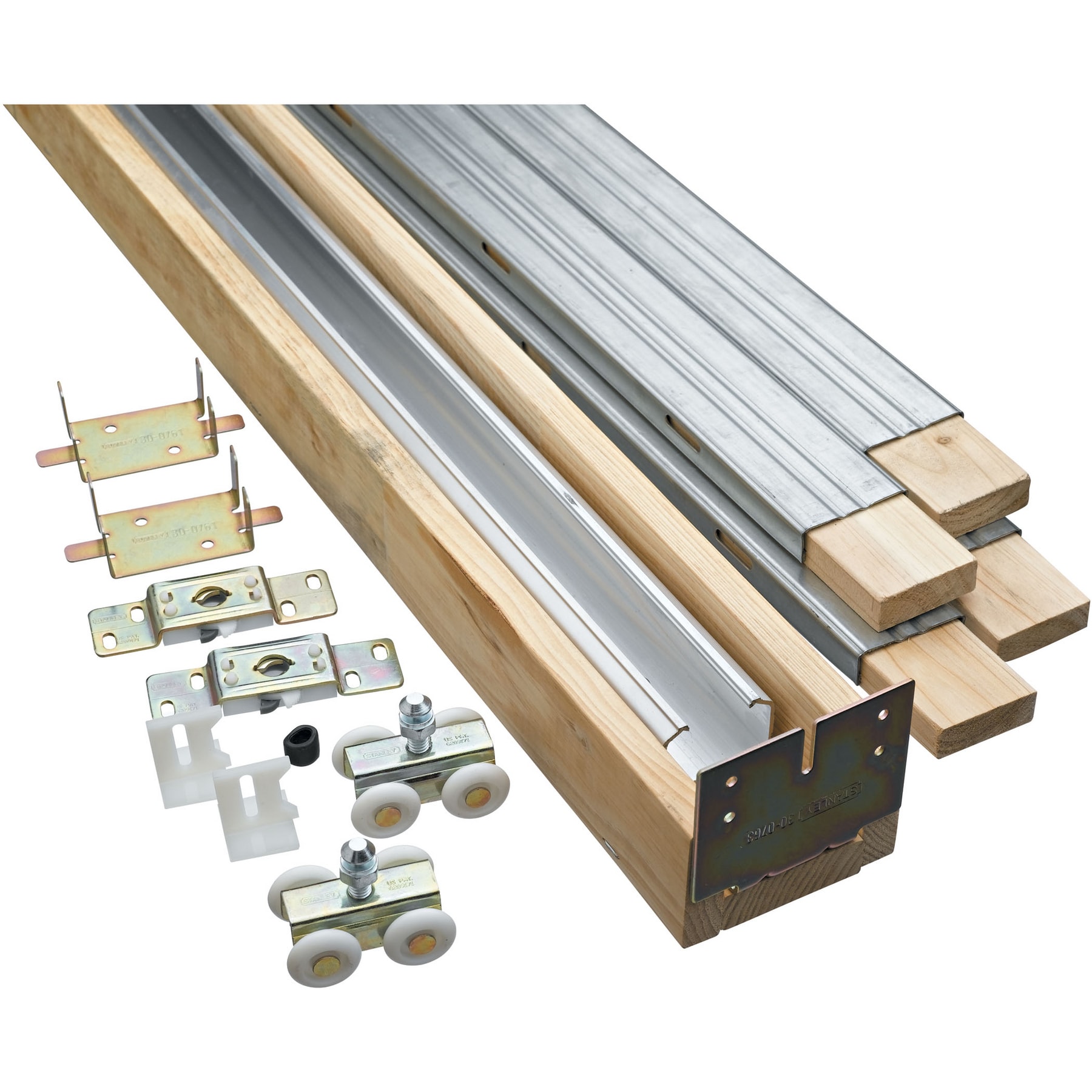Types of Cabinet Door Mounting Kits

Choosing the right cabinet door mounting kit can be the difference between a flawlessly finished kitchen and a project that makes you want to hide in the pantry (and not because you’re hiding leftover cake). This guide will help you navigate the sometimes bewildering world of hinges and mounting mechanisms, ensuring your cabinets look as good as they function.
Cabinet door mounting kits are broadly categorized based on how the door relates to the cabinet frame: face frame, frameless (also known as inset or overlay), and full overlay. Each type requires a different approach and offers distinct aesthetic results. Understanding these differences is key to selecting the perfect kit for your project.
Face Frame Cabinet Door Mounting Kits
These kits are designed for cabinets with a visible frame around the cabinet box. The door is mounted to this frame, typically using hinges that are partially concealed within the frame. This classic style creates a traditional, often more robust look. Installation usually involves screwing hinges directly into the face frame, providing a secure and relatively straightforward process. The advantage is strength and simplicity; the disadvantage can be a slightly less modern aesthetic, and the door may not open quite as wide as with other styles.
Frameless (Inset and Overlay) Cabinet Door Mounting Kits
Frameless cabinets, on the other hand, lack the exterior frame. The door mounting system here is more intricate, often relying on concealed hinges that are mounted directly to the cabinet box’s side. There are two main types within this category: inset and overlay. Inset doors sit slightly within the cabinet opening, creating a clean, minimalist look. Overlay doors, conversely, overlap the cabinet opening to varying degrees (full overlay being the most common). Installation for frameless kits can be more complex, often requiring precise measurements and careful alignment to ensure the doors close smoothly and evenly. However, the result is a sleek, modern appearance that’s highly popular.
Full Overlay Cabinet Door Mounting Kits
A specific subset of frameless kits, full overlay systems boast doors that completely cover the cabinet face. This maximizes storage space and creates a clean, contemporary look. The installation requires precision to ensure proper alignment and gap consistency. While often more challenging to install than face frame systems, the resulting seamless appearance is worth the effort for many DIYers. Specialized hinges, often with adjustable features, are key to success with these kits.
Comparison of Cabinet Door Mounting Kits
Here’s a table comparing four common types of cabinet door mounting kits. Remember, prices are estimates and can vary significantly based on brand, material, and features.
| Feature | Face Frame | Frameless Inset | Frameless Overlay | Full Overlay |
|---|---|---|---|---|
| Cabinet Style | Face frame cabinets | Frameless cabinets | Frameless cabinets | Frameless cabinets |
| Hinge Type | Surface mounted or partially concealed | Concealed, self-closing often | Concealed, self-closing often | Concealed, self-closing usually |
| Installation Difficulty | Easy | Medium | Medium | Hard |
| Material | Steel, zinc alloy | Steel, zinc alloy | Steel, zinc alloy | Steel, zinc alloy, often higher quality |
| Price Range | $5-$20 per kit | $10-$30 per kit | $15-$40 per kit | $20-$50+ per kit |
Installation Process and Techniques

So, you’ve got your snazzy new cabinet door mounting kit and you’re ready to unleash your inner DIY guru. Don’t worry, it’s less terrifying than it sounds. With a little patience and the right tools, you’ll be admiring your perfectly aligned doors in no time. This section will walk you through the process, tackling potential pitfalls along the way.
The installation process is generally straightforward, but preparation is key. Having all your materials and tools ready before you start will save you time and frustration. Remember, patience is a virtue, especially when dealing with tiny screws and even tinier tolerances.
Step-by-Step Installation Guide
This detailed guide provides a step-by-step approach to installing a typical cabinet door mounting kit. Following these instructions carefully will ensure a smooth and successful installation. Remember to always consult the instructions provided with your specific kit, as variations may exist.
- Gather your tools and materials: This includes your cabinet door mounting kit (obviously!), a screwdriver (Phillips head is usually the best bet), a measuring tape, a pencil, possibly a level, and maybe a drill with appropriate drill bits (depending on the kit and your cabinets).
- Prepare the cabinet doors: Carefully examine your doors and the mounting kit instructions to determine the optimal placement of the mounting hardware. Lightly mark these spots with a pencil.
- Attach the mounting hardware to the doors: Using the appropriate screws, carefully attach the mounting brackets or plates to the inside of your cabinet doors. Ensure they are securely fastened and aligned.
- Position the doors on the cabinet frames: Carefully align the doors with the cabinet frames, ensuring they are level and evenly spaced.
- Attach the mounting hardware to the cabinet frames: Now, attach the corresponding mounting hardware to the cabinet frames, ensuring that the doors are properly aligned and secured.
- Test the doors: Open and close the doors several times to check for smooth operation and proper alignment. Adjust as needed.
Common Installation Problems and Solutions
Even the most experienced DIYers encounter snags. Here are some common problems and their solutions. Remember, a little problem-solving is part of the fun!
- Problem: Doors are not aligned properly. Solution: Carefully re-check your measurements and ensure that the mounting hardware is securely attached and aligned on both the doors and the cabinet frames. You might need to loosen and readjust.
- Problem: Doors are too loose or too tight. Solution: Adjust the screws on the hinges or mounting hardware to achieve the desired level of tension. Too loose, tighten; too tight, loosen.
- Problem: Stripped screw holes. Solution: This is a bummer, but sometimes it happens. If possible, try using a slightly larger screw, or use wood glue and a toothpick to fill the hole before reinstalling the screw. As a last resort, you might need to patch the hole and redrill.
- Problem: Doors don’t close properly. Solution: Check for obstructions, such as paint buildup or warped wood. You may need to adjust the hinges or the mounting hardware to ensure a proper fit.
Visual Guide to Proper Alignment
Imagine a diagram showing a cabinet door with the mounting plate attached to the inside. The plate has two screw holes clearly marked. Below it, the corresponding cabinet frame is shown, also with two screw holes marked to align perfectly with the door’s plate. A dotted line connects the corresponding holes, emphasizing perfect alignment. Arrows indicate the direction of screw insertion. The entire image is clean and simple, with clear labels indicating “Cabinet Door,” “Mounting Plate,” “Cabinet Frame,” and “Screw Holes.” The doors are shown slightly ajar to showcase the mechanism. A small, subtle red ‘X’ marks an example of misaligned holes, illustrating what to avoid. The overall tone is clear, simple, and professional, providing a visual reference for proper installation.
Choosing the Right Kit and Troubleshooting: Cabinet Door Mounting Kit

So, you’ve got your cabinets, you’ve got your gorgeous new doors, and now you’re staring down the barrel of a seemingly endless array of cabinet door mounting kits. Fear not, intrepid DIYer! Choosing the right kit and installing it successfully is less of a Herculean task and more of a well-planned picnic. With the right information, you’ll be hanging doors like a pro in no time.
Selecting the perfect cabinet door mounting kit involves considering a few key factors. Think of it like choosing the right shoes – the wrong pair can lead to blisters (or, in this case, misaligned doors). Getting it right ensures a smooth, satisfying experience.
Cabinet Type, Door Style, and Weight Considerations
The type of cabinet, the style of your doors, and their weight are all crucial factors in selecting the appropriate kit. For instance, lightweight shaker-style doors on a standard kitchen cabinet will require a different kit than heavy, ornate doors on a large, antique armoire. Heavier doors will demand stronger hinges and mounting hardware, while the door style might dictate the type of hinge (overlay, inset, etc.) that’s best suited. A simple overlay door will require a different approach than an intricate inset door. Don’t skimp on quality – a robust kit designed for the weight and style of your doors will ensure a long-lasting, frustration-free installation. Consider using a kit with a higher weight capacity than strictly necessary for a margin of safety.
Ensuring Accurate Measurements and Precise Installation, Cabinet door mounting kit
Accurate measurements are the cornerstone of a successful installation. Measure twice, cut once – that old adage is especially true here. Before even considering the mounting kit, meticulously measure the door’s dimensions, the cabinet’s dimensions, and the distance between the hinge locations. Use a quality measuring tape and double-check your measurements. Inconsistent measurements can lead to misaligned doors and a whole lot of unnecessary frustration. Precisely marking the hinge locations on both the door and the cabinet is equally critical. A light pencil mark is perfect, ensuring that you can easily erase any mistakes. Using a level throughout the process will also guarantee that your doors hang straight and true. If you’re dealing with uneven surfaces, shims can be invaluable in leveling the cabinets before mounting the hinges.
Troubleshooting Common Installation Issues
Even with careful planning, you might encounter some hiccups. Misaligned doors are a common problem. This usually stems from inaccurate measurements or uneven cabinet surfaces. Recheck your measurements and make sure the cabinet is level before attempting any further adjustments. If the doors are slightly off, carefully loosen the hinges and make small adjustments. Loose hinges are another frequent culprit. Ensure that all screws are tightened securely. If the screws are stripping, you may need to use slightly larger screws or wood glue to reinforce the hinge mounting area. Remember, patience is key! Don’t rush the process; take your time, and double-check everything before moving to the next step. If you’re struggling with a particularly stubborn issue, consulting online tutorials or a professional can save you a significant amount of time and frustration. Sometimes, a second pair of eyes can spot a mistake you’ve overlooked.
